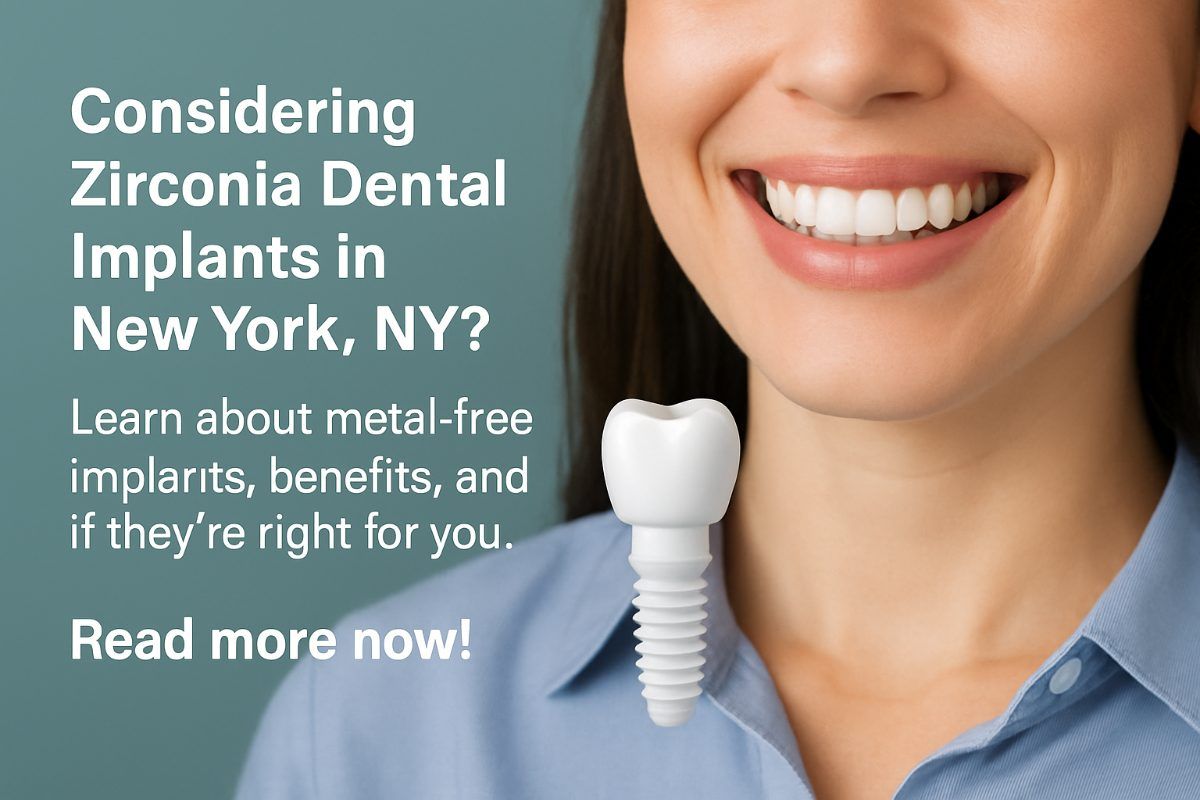How Does The Pinhole Surgical Technique Work?
For the more severe cases of gum recession, there’s no beating conventional gum surgery and gum grafting in restoring a person’s oral health. But for those who seek the services of a dentist before it’s too late, there’s a much less invasive alternative to conventional gum grafting and gum surgery: The Pinhole® Surgical Technique. Take a closer look at the Pinhole Surgical Technique and find out how it can restore your smile without scalpels and stitches.
The Procedure
Though the procedure requires no scalpels or incisions to the gums, you’ll still need a shot of a local anesthetic in order to numb the gums and ensure you feel no pain during treatment.
With your gums numb, the dentist will use a needle to make a tiny hole in your gums, above the receding gum line. The dentist will dentist insert a thin, hook-like rod into the hole and will work this specialized tool around to loosen the gums.
Once the gums have been loosened, the dentist will use the tool to push the gums down and back over the areas they once covered. And after the gum line has been moved into position, the dentist will insert collagen strips into the hole in the gums. These strips will be pushed over the previously exposed areas of the teeth.
As soon as the procedure is done and you look in the mirror, you’ll immediately notice cosmetic improvements in your smile.
The Considerations
The Pinhole Surgical Technique is a popular alternative to conventional gum grafting because it’s minimally invasive, the results are apparent soon after the procedure, less bleeding is involved, stitches aren’t needed and healing is much faster.
Keep in mind that the more severe the case, the less viable this alternative is. The sooner you seek treatment for gum disease, the more likely you are to find the Pinhole Surgical Technique as an option.
The Pinhole Surgical Technique in New York, NY
Reserve an appointment with a local dentist to learn more about the Pinhole Surgical Technique in New York, NY and other minimally invasive solutions for treating gum disease.




